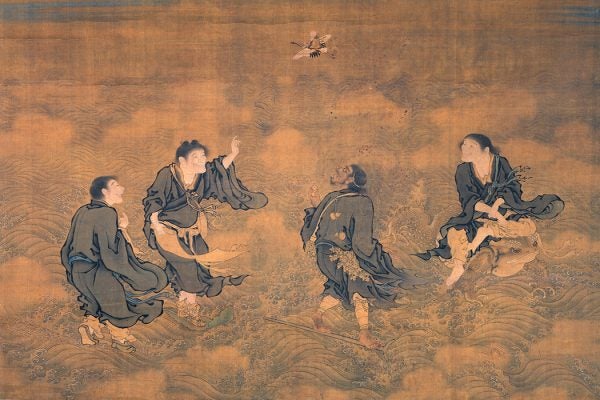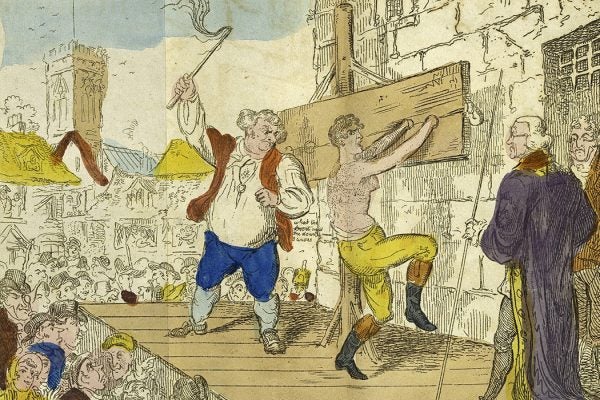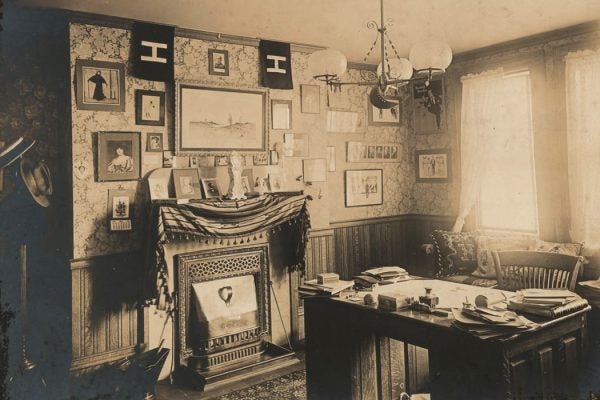Crime Waves and Moral Panics
From train robberies to organized retail theft to murder, are we really gripped by a crime wave?
The Trouble with Immortality
Stories about immortality are present in many cultures throughout time. How cultures perceive immortality—as a blessing or a curse—can differ widely.
Where Did Family-Bible Genealogies Come From?
Royal lineage tracing, British laws of inheritance, and patriarchal Protestantism all contributed to the genealogical literacy of some Americans.
The Female Husband is So Eighteenth Century
Henry Fielding's novel, a fictional account of the life of Charles Hamilton, conflates vagrancy with sexual, gender, and religious deviance.
When Harvard Students Couldn’t Get Warm
The early heating systems of New England kept Harvard students cold until the early twentieth century.
Why Narendra Modi Presents Himself as a Guru
Drawing on traditions of monastic power, Modi’s party is trying to promote the image of India as a vishwaguru, or teacher to the world.
Mesmerizing Labor
The man who introduced mesmerism to the US was a slave-owner from Guadeloupe, where planters were experimenting with “magnetizing” their enslaved people.
The Disappearance of Japan’s “Third Gender”
Gender roles in Edo Japan recognized an in-between position for young men, called Wakashu, that was erased as Japan westernized.
Women in Science Textbooks
A team of scholars examined the seven most popular ecology textbooks. Guess what they didn't find?









